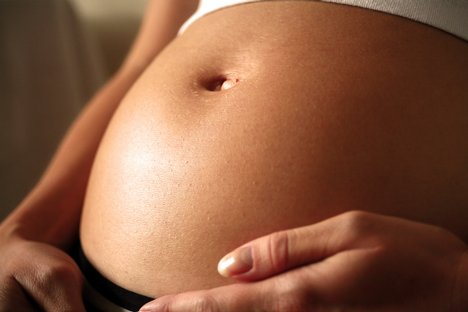 What is Lumbar Disc Herniation?
What is Lumbar Disc Herniation?
Structure
The backbone is comprised of several discs that are fixed between two vertebras. The spongy material can be compared to a jelly donut, which has an outer cover and is filled with a soft jelly on the inside. Similarly, a disk has a strong outer covering and a soft substance as a filling.
The Leak
Several times the outer coating of the disc is ruptured, causing an opening for the inner jelly like substance to seep out. Once out of its protective outer laying, the leaked material interferes with the normal functioning of the spinal nerves. The already narrow spacing of the spine, through which nerve roots runs, is narrowed further and puts pressure on the nearby nerves.
Lumbar Specific Herniation
Lumbar region is found in the lower back and is considered to be the strongest area of the spine. It is said to bear a large portion of the weight of the body. Sciatic nerve is said to be a conglomeration of nerve roots running down from the lumbar spine. Therefore, lumber disc injuries can cause pain in the legs and feet.
Symptoms
As the lumbar region is strongly associated with the leg and feet area, one of the significant signs of lumbar disc injuries includes pain in the legs. Another symptom common to this condition is the tingling sensation in the feet. Feet might also feel weak and numb at times following a lumbar disc herniation.
The lumber region falls in your lower back area, therefore lower back pain is another common sign and symptom. Almost every body part below the lumbar region easily gets affected by lower back disc injuries. A weak bladder or loss of control of bowel movement and pain in the buttocks are considered to be symptoms of this condition as well. Other common indications include muscle weakness, groin pain as well as atrophy.
Visiting a Chiropractor
Considered to provide a conservative treatment, chiropractors can alleviate lumbar disc injuries. A case study of a 26 year old man is a validation for the success of recovery associated with visiting a chiropractor. Within a period of 90 days, the patient, who suffered from a lumbar herniated disc due to an athletic injury, completely recovered from the condition. Utilizing activator adjustment instrument (AAI), a controlled mechanical force was applied to the location of concern. A follow up after 12 months indicated successful long term recovery.
Image used under Creative Commons Licensing: Lumbar vertebrae anterior.png




